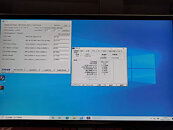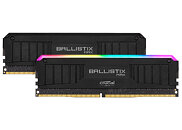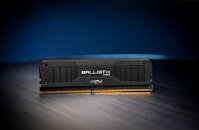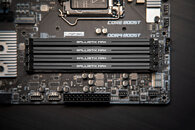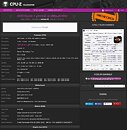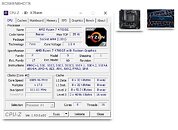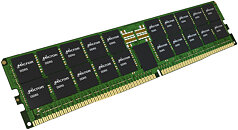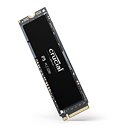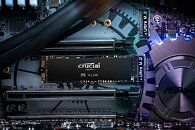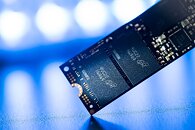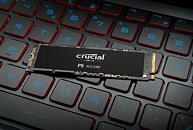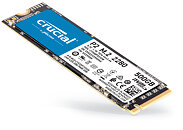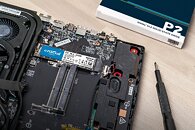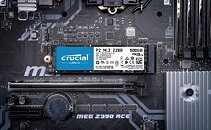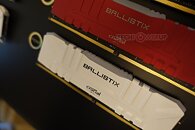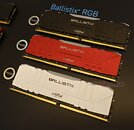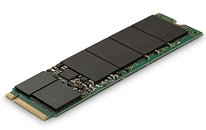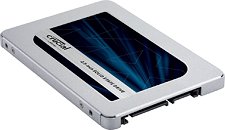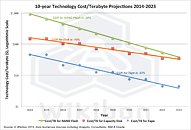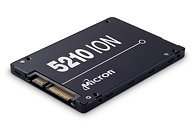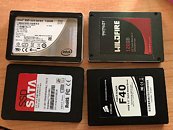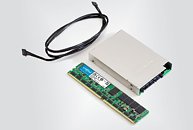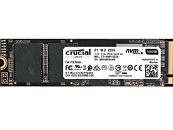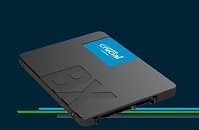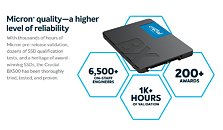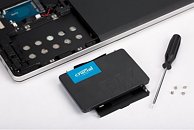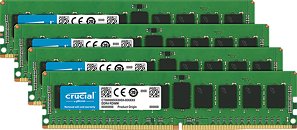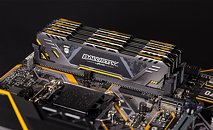
Crucial T700 PCIe 5.0 SSD Preview Unit Hits 12 GB/s Read and Write Speeds, May 2023 Release Hinted
Crucial is keen to drum up early interest for an upcoming SSD model, and the Linus Tech Tips team has received and tested a sample unit. The T700 is a PCIe Gen 5 NVMe M.2 SSD storage solution based around a Phison PS5026-E26 controller, which is a very common choice for the current generation of PCIe 5.0 SSDs available on the market. Micron 3D NAND chips look to be present on the T700's PCB, and a Crucial-branded heatsink is mounted to the provided sample unit. It is interesting to note that the uncovered T700 unit bears a striking resemblance to Phison's E26 Engineering Reference sample, although the latter appears to feature SK Hynix memory chips, instead of Micron.
The LTT team posted benchmark results from a Crystal Disk Mark test session, and the T700 achieved maximums of 12.4 GB/s sequential read and 11.9 GB/s write speeds. This represents an almost two fold jump over the performance of Crucial's PCIe 4.0 based P5 Plus SSD, which is a substantial improvement and also very impressive considering the T700's usage of a passive cooling solution.
The LTT team posted benchmark results from a Crystal Disk Mark test session, and the T700 achieved maximums of 12.4 GB/s sequential read and 11.9 GB/s write speeds. This represents an almost two fold jump over the performance of Crucial's PCIe 4.0 based P5 Plus SSD, which is a substantial improvement and also very impressive considering the T700's usage of a passive cooling solution.














